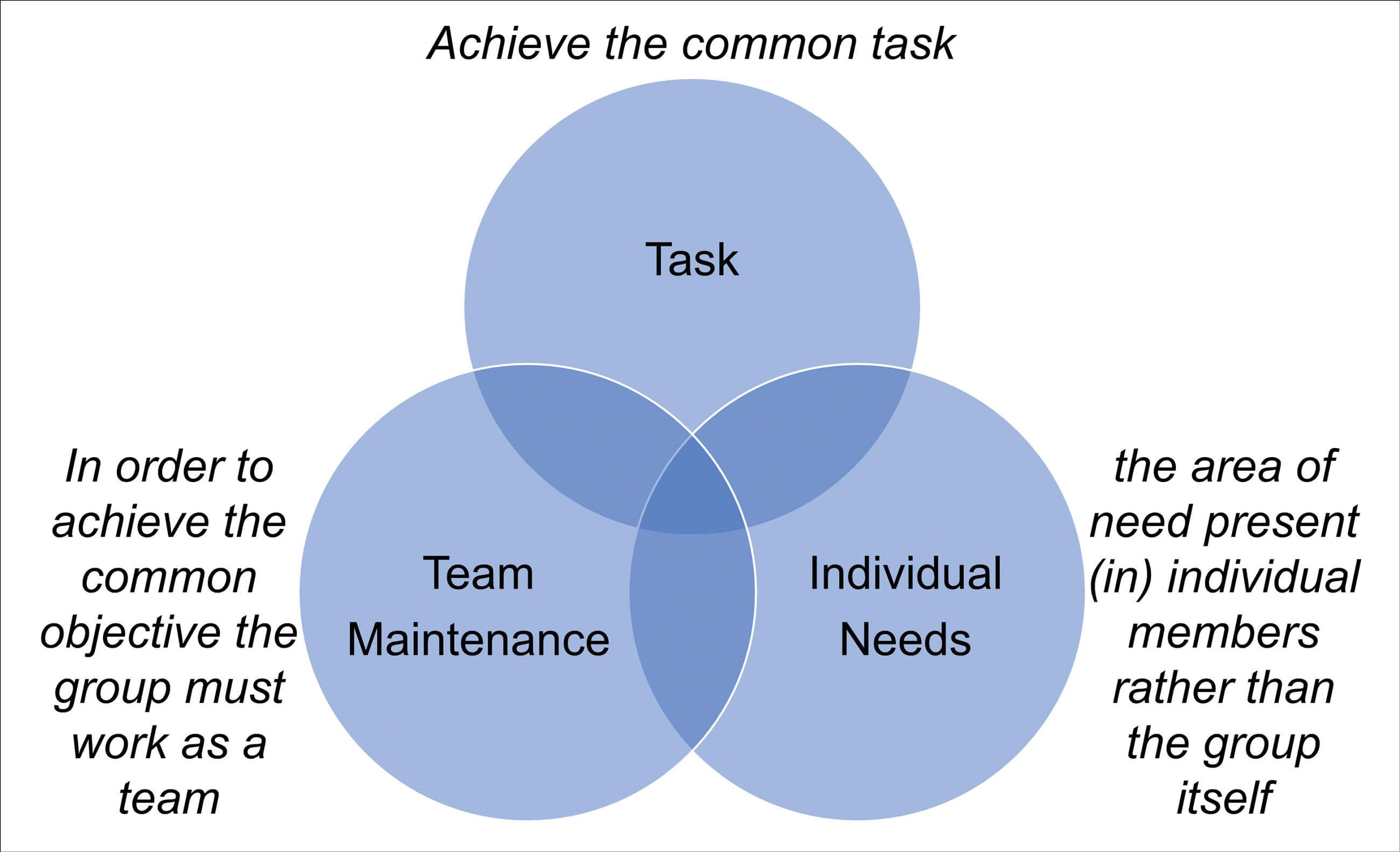
Are managers leaders? Are leaders managers? Does hearing healthcare need management or leadership, or both? This article discusses the art versus the science of leading people.
There is often a great deal of confusion over the words ‘management’ and ‘leadership’. Sometimes they are used interchangeably. Sometimes they are used to represent opposite ends of a spectrum. Sometimes both are used as collective nouns, or to describe an activity.
Annoyingly, definitions don’t help much. The shorter Oxford English Dictionary defines management as “the application of skill or care in the manipulation … of things or persons”. The same dictionary defines leadership as “the action of leading or influencing”.
Another complicating factor is that, even if one takes the view that management is more about the efficient allocation of resources, and leadership is more about engaging people, most people do both concurrently as part of their daily work. Simply asking someone to undertake a task normally requires both management and leadership. Management, in that the person needs to be given a clear understanding of the task and allocated the requisite resources; leadership, in that they need to be encouraged to undertake the task and made to feel free to seek advice if they encounter unforeseen difficulties.
So, what is the difference between leadership and management? As you may imagine, many doctorates and countless business books have been written on this subject. My view is as follows:
Leadership is of the heart, its exercise is an art, and its expression is emotional.
Management is of the brain, its exercise is a science, and its expression is logical.
There have been some notable leaders in history who were less talented as managers. For example, Nelson Mandela was rightly hailed as an inspirational leader, yet also criticised for his poor management of South Africa’s HIV crisis [1]. Justice Edwin Cameron, a leading activist, explained: “He was the person who could have spoken with moral authority, with practical interceptive effect on AIDS. But he didn’t. He kept quiet. The reason for that is that he had a set of pressing priorities, which took precedence over AIDS”.
Conversely, there are many examples of ruthlessly efficient business managers, who are able to add significantly to shareholder value, yet who invest little time in looking after their teams and, instead, use financial levers or intimidation to buy high performance.
However, just being a good leader isn’t enough; one needs to be both an effective leader and an efficient manager.
SEE ALSO
An observation from my experience working with people in the NHS, is that there seems to be a common view that management is only ‘done’ by ‘managers’ and those that have joined the ‘dark side.’ And that, while leadership can be found at all levels within an organisation, many feel uncomfortable if you call them a leader. In fact, I have had to remind some people that ‘leader’ is not a dirty word!
I think this reluctance to be identified as a leader comes from a fundamental misunderstanding of what it means to act as a leader. Too often, people think that being a leader involves telling people what to do and generally bossing them around. In fact, nothing could be further from the truth. The role of a leader is to blend and focus the best talents of their team to achieve a given task.
"I have had to remind some people that ‘leader’ is not a dirty word!"

Adair’s functional leadership model.
The military have long held that a leader needs to satisfy three competing needs. This approach was taken up by John Adair who described his ‘functional leadership’ model in his 1968 book Training for Leadership (see Figure 1) [2]. The three competing needs are:
- To achieve the common task;
- As tasks become more complicated, they are best worked on by teams. So, a leader’s role is to develop teams that can achieve these common tasks;
- A team is necessarily made up of individuals. So, a leader’s role is also to support and nurture the individual members of the team.
This means that a leader needs to maintain an appropriate balance between these three needs. Sometimes they will need to put completion of the task first but should still maintain an awareness of team cohesion and how individual members are responding. At other times, maintaining the team may be more important than achieving the task rapidly, or pandering to individuals. Then again, at times, an individual may need additional support such that the leader puts their needs ahead of the team or the task. Finding an appropriate balance at any one time is difficult and part of the reason that leadership is an art.
If one needs to be both a manager and a leader, the obvious question is, how can you improve your skills in these areas? The good news is that management, as a science, can be learned in large part through reading books, doing online courses and by studying and applying well-established policies, procedures and routines. The less welcome news is that, as an art, leadership cannot really be learnt from a text. While books can provide some useful pointers, it is only by leading other people that one can develop real leadership skills. Ideally, this should be conducted in a safe environment where one can receive meaningful feedback and where one’s poor decisions have no adverse consequences, as we often learn most from mistakes.
I would therefore encourage you to continue to study management and, in particular, to find ways of practising leadership. And, hopefully, if asked, you will be proud to respond: ‘Yes, I am a leader!’
References
1. Breslow JM. Nelson Mandela’s Mixed Legacy on HIV/AIDS. Frontline. 6 Dec 2013. Last accessed January 2023.
2. Adair J. Training for Leadership. TBS The Book Service Ltd; 1968.
Declaration of competing interests: Ian Huntley is a member of Faculty of The Staff College: Leadership in Healthcare.











